The problems on the two international submarine cable lines IA and APG have been resolved. However, Vietnam's international Internet connection has not been fully restored yet, because the error repair schedule on the S1H5 branch of the AAE-1 line has been postponed to November 27.
4/5 submarine optical cable lines are operating normally
APG, AAE-1 and IA are three international submarine cable lines that will experience problems in 2024, causing a certain impact on the quality of Vietnam's international Internet connection.
Specifically, 3 cable lines had problems on March 15, May 23 and June 13, with a total of 8 cable branches having errors, including 4 branches of the APG line, 2 branches of the AAE-1 line and 2 cable branches on the IA line.
Recently, to ensure the quality of service provided to customers, network operators have transferred capacity to other cable directions.
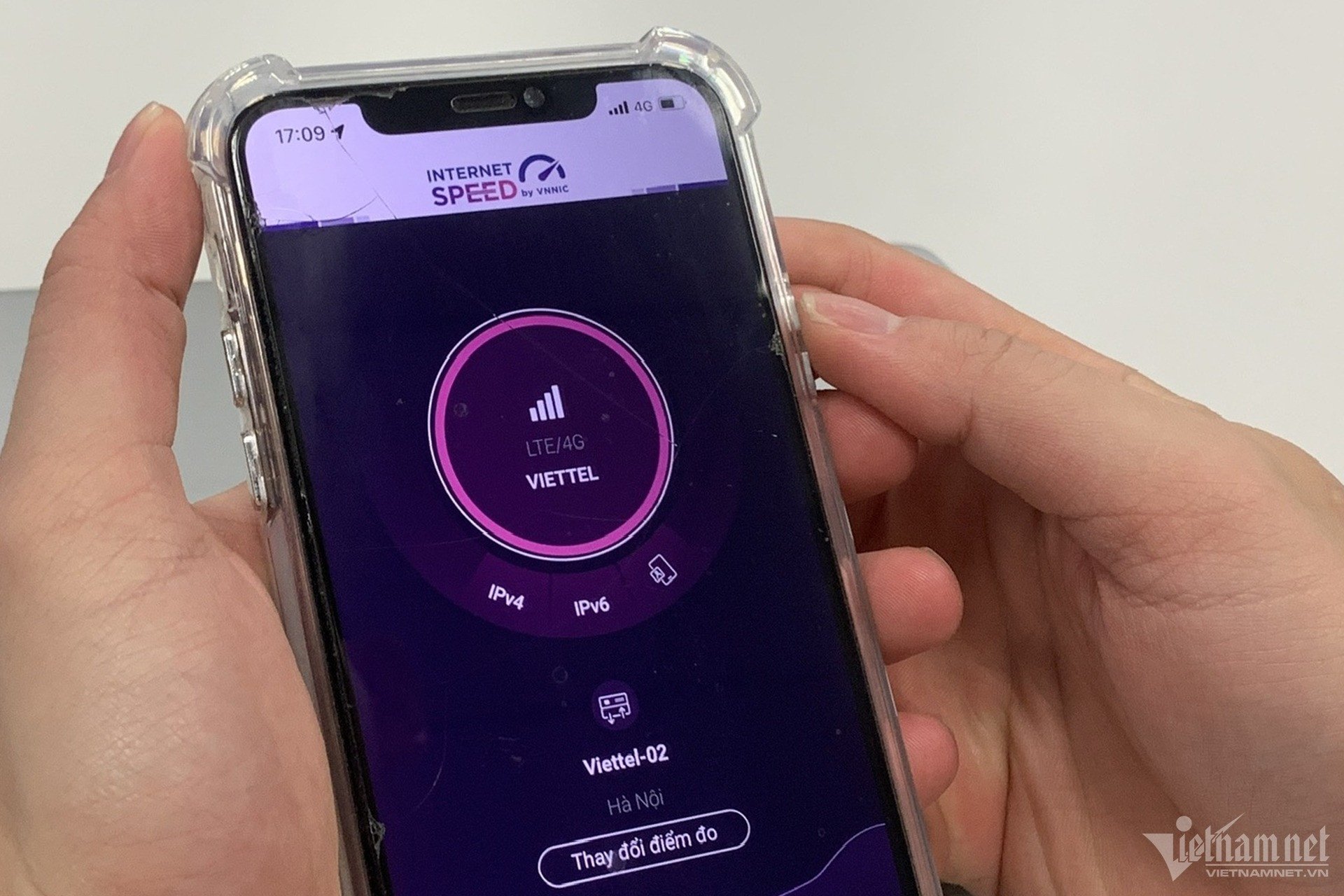
Speaking to VietNamNet reporters on October 31, a representative of an Internet service provider in Vietnam said that Vietnam's international Internet connection cannot be fully restored in October as planned.
Because, in addition to the IA submarine cable line, which has completely restored connection capacity on the line since the end of September 2024, after completing the repair of errors on the two branches S1 and S5; only the APG submarine cable line has completed the repair of the problems.
As for the AAE-1 cable line, the time to fix the power leakage error that occurred on the S1H5 branch has been postponed to the end of November, instead of being completed in October.
According to the updated progress of fixing the submarine cable problems, it is expected that domestic network operators will have to wait another month for the Internet connection capacity from Vietnam to international to be restored to 100%, with all 5 submarine cable lines AAG, APG, AAE-1, IA and SMW3 operating normally.
According to the Telecommunications Department, Vietnamese network operators are investing in and exploiting five international submarine fiber optic cable lines with a total available capacity of 34Tbps, all connecting to the East.
According to the plan, in the first quarter of 2025, two new submarine optical cable lines invested by Vietnamese network operators, SJC2 and ADC, will be put into operation.
Statistics also show that the frequency of incidents of the 5 submarine cables used by Vietnamese network operators is about 15 incidents/year, with repair time for each incident ranging from 1 to 3 months.
Notably, there was a time when Vietnam experienced problems on all 5 cable lines, losing 60% of international connection capacity for nearly 2 months.
Improving the sustainability of international Internet infrastructure
Based on the clear recognition of the importance of the international fiber optic cable system - an important component of Vietnam's digital infrastructure, through assessing the domestic situation and studying international experience, the Ministry of Information and Communications has developed and issued the 'Strategy for developing Vietnam's international fiber optic cable system to 2030, with a vision to 2035' .
The strategy aims to put into operation at least 10 new submarine cable lines by 2030, bringing the total number of submarine cable lines in Vietnam to at least 15.
The 'Digital Infrastructure Strategy to 2025 and Vision to 2030' approved on October 9 also clearly identified that one of the key tasks is to research and invest in at least two submarine optical cable lines owned by Vietnam.
Highly appreciating the orientation of the Prime Minister and the Ministry of Information and Communications on the development of Vietnam's digital infrastructure in general and the international submarine fiber optic cable system in particular, Mr. Vu The Binh, Vice President and General Secretary of the Vietnam Internet Association - VIA, said: These strategies are an important basis for network operators to build development orientations in the coming time.
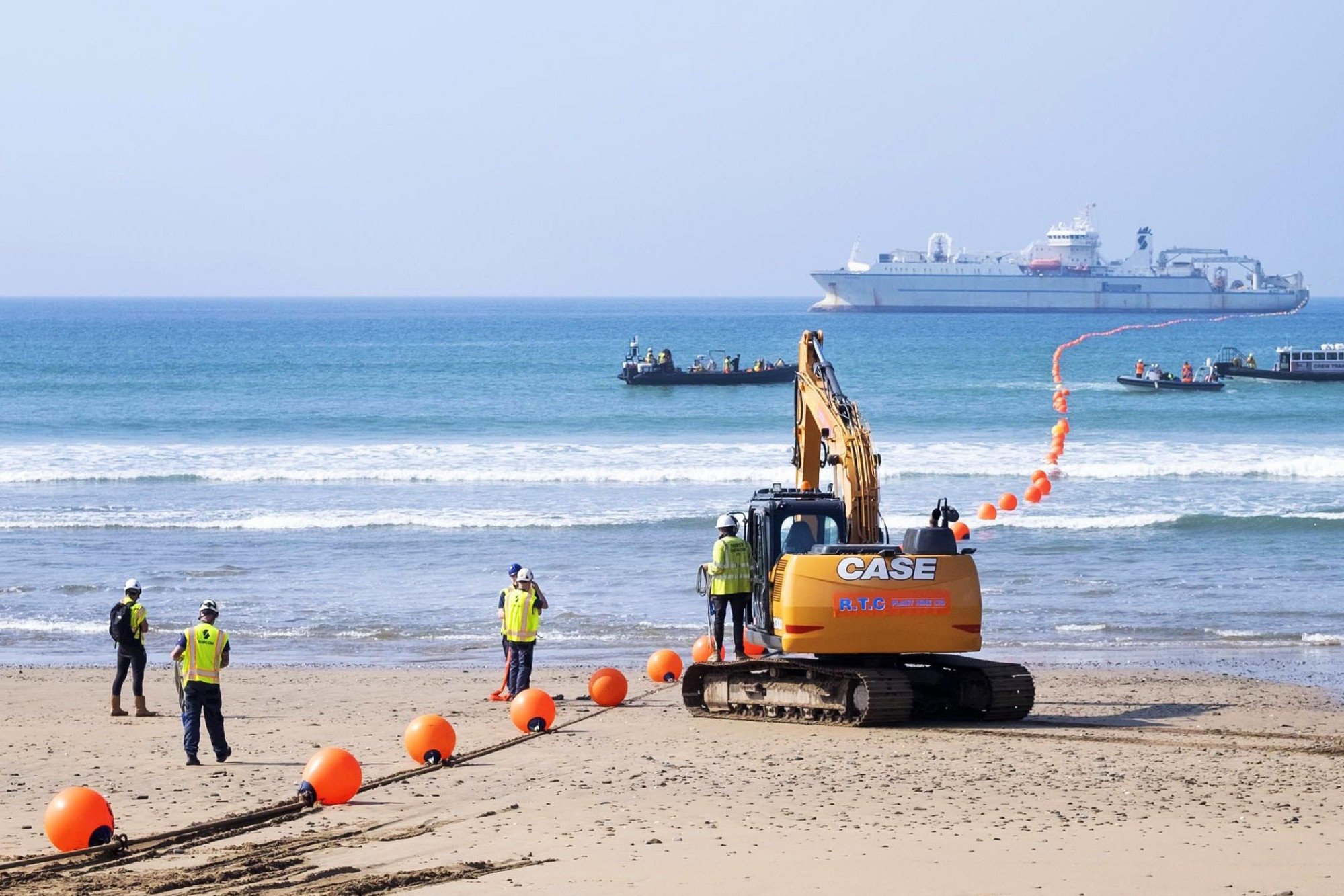
Regarding the expansion orientation, the submarine cable route will go down to both the South and Southwest, instead of connecting to the East as it is now, the VIA representative analyzed: Internet traffic and connecting cable systems are now dispersed to Singapore and points in the South, in the ASEAN region.
Along with that, data centers - where content and applications are stored - have been built and operated more in ASEAN countries.
“Therefore, we believe that the direction of developing international cable lines to the South and Southwest is reasonable. The international connection infrastructure system, along with other important shifts in data centers and foreign investment, will help Vietnam visualize more clearly the possibility of becoming a new Digital Hub in the region,” said Mr. Vu The Binh.

Source: https://vietnamnet.vn/lui-tiep-thoi-diem-khoi-phuc-hoan-toan-ket-noi-internet-viet-nam-di-quoc-te-2337417.html



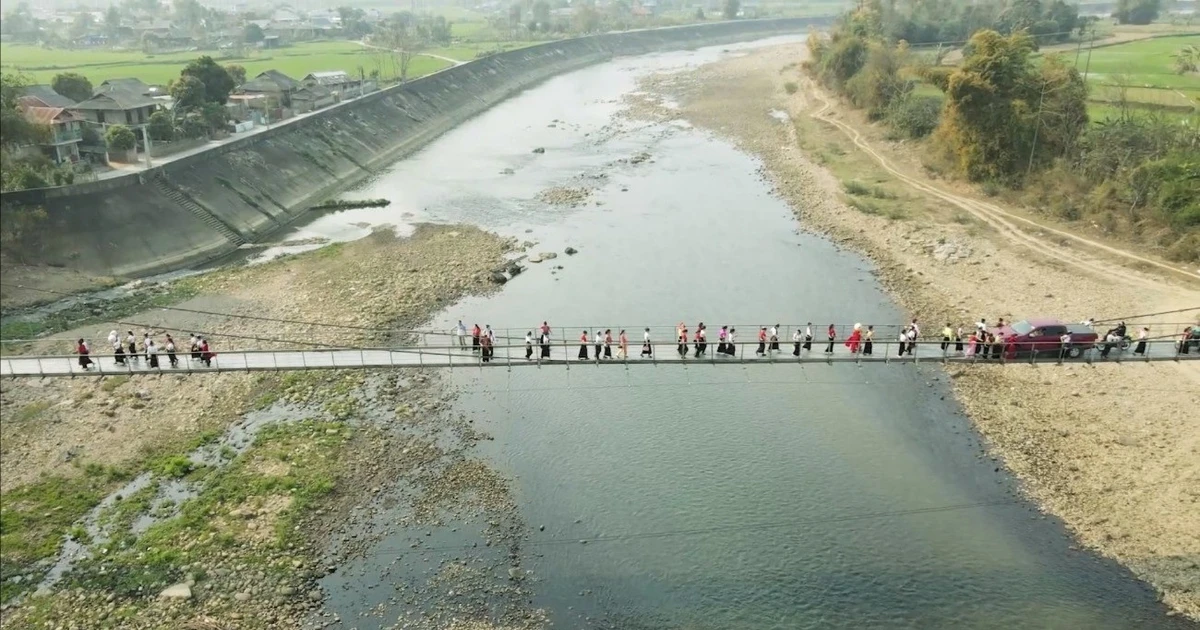



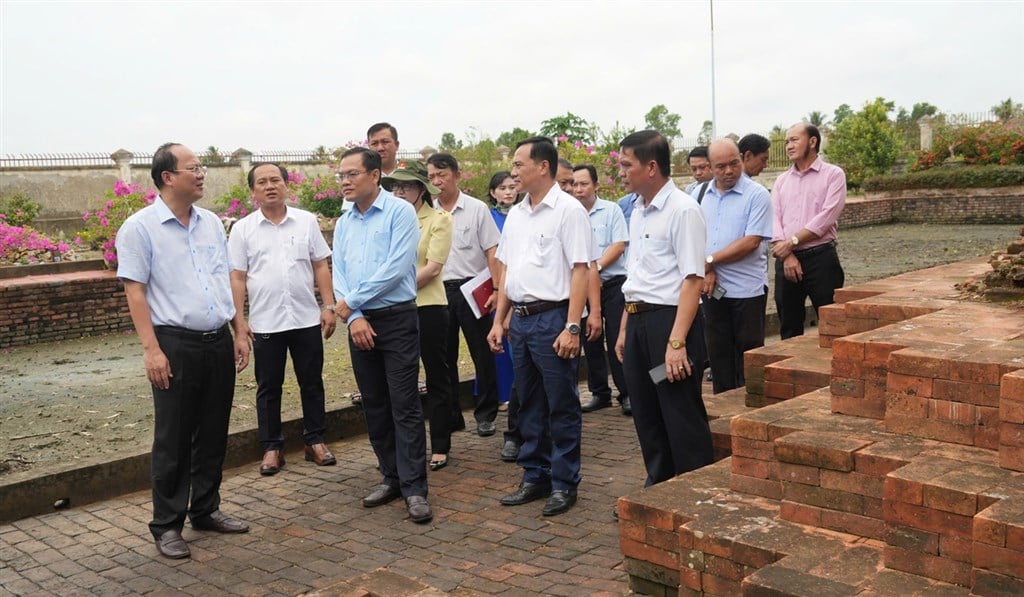

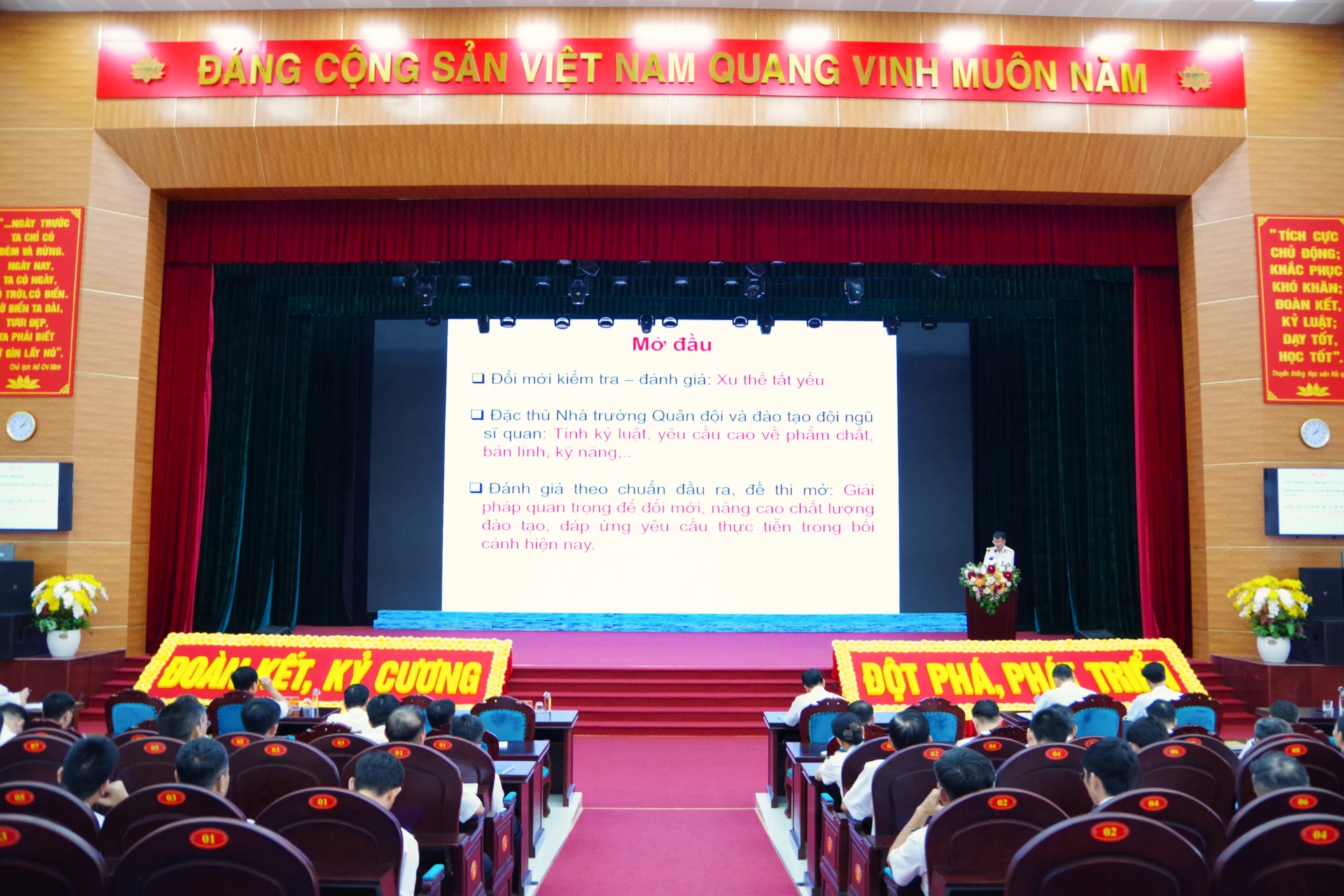









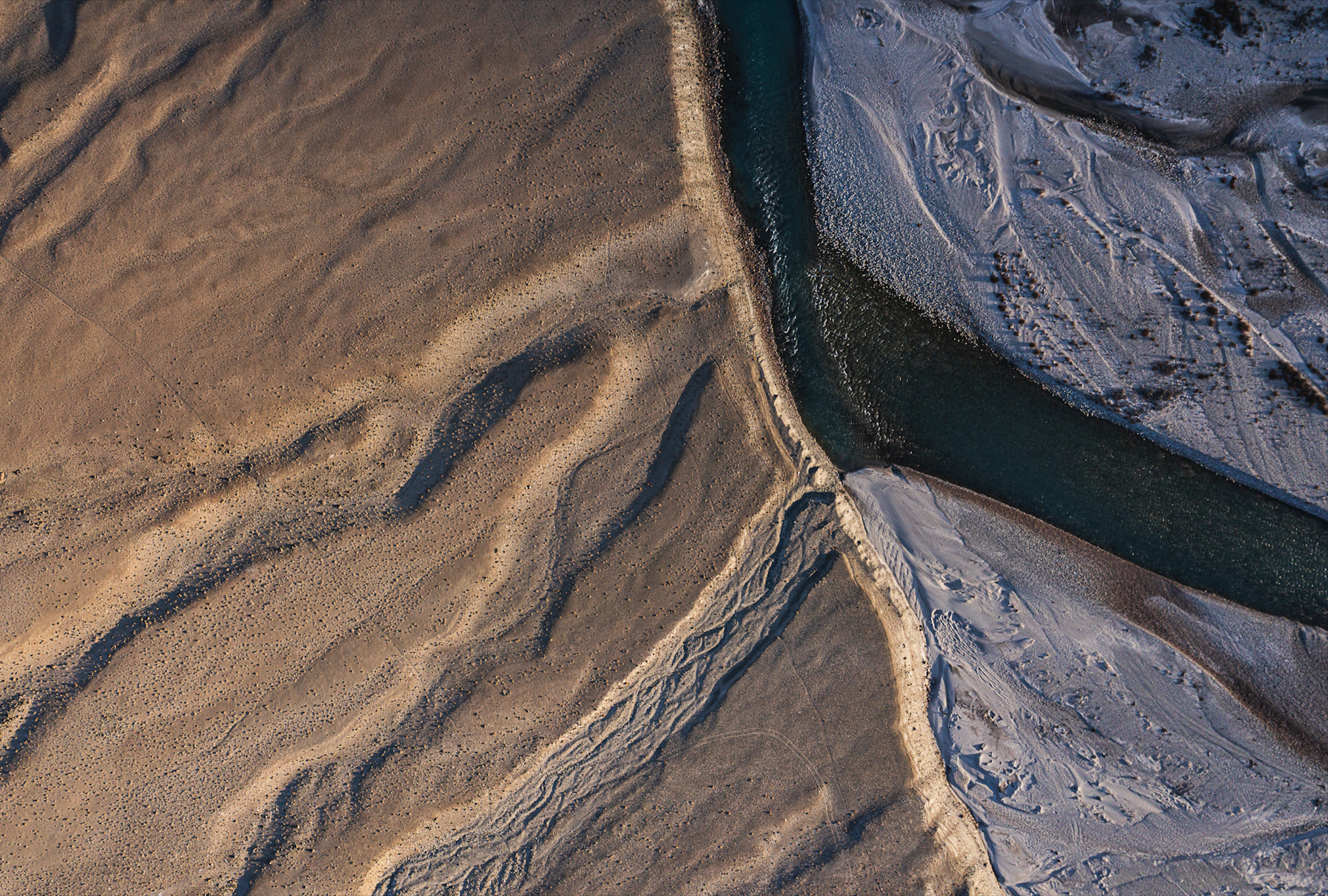

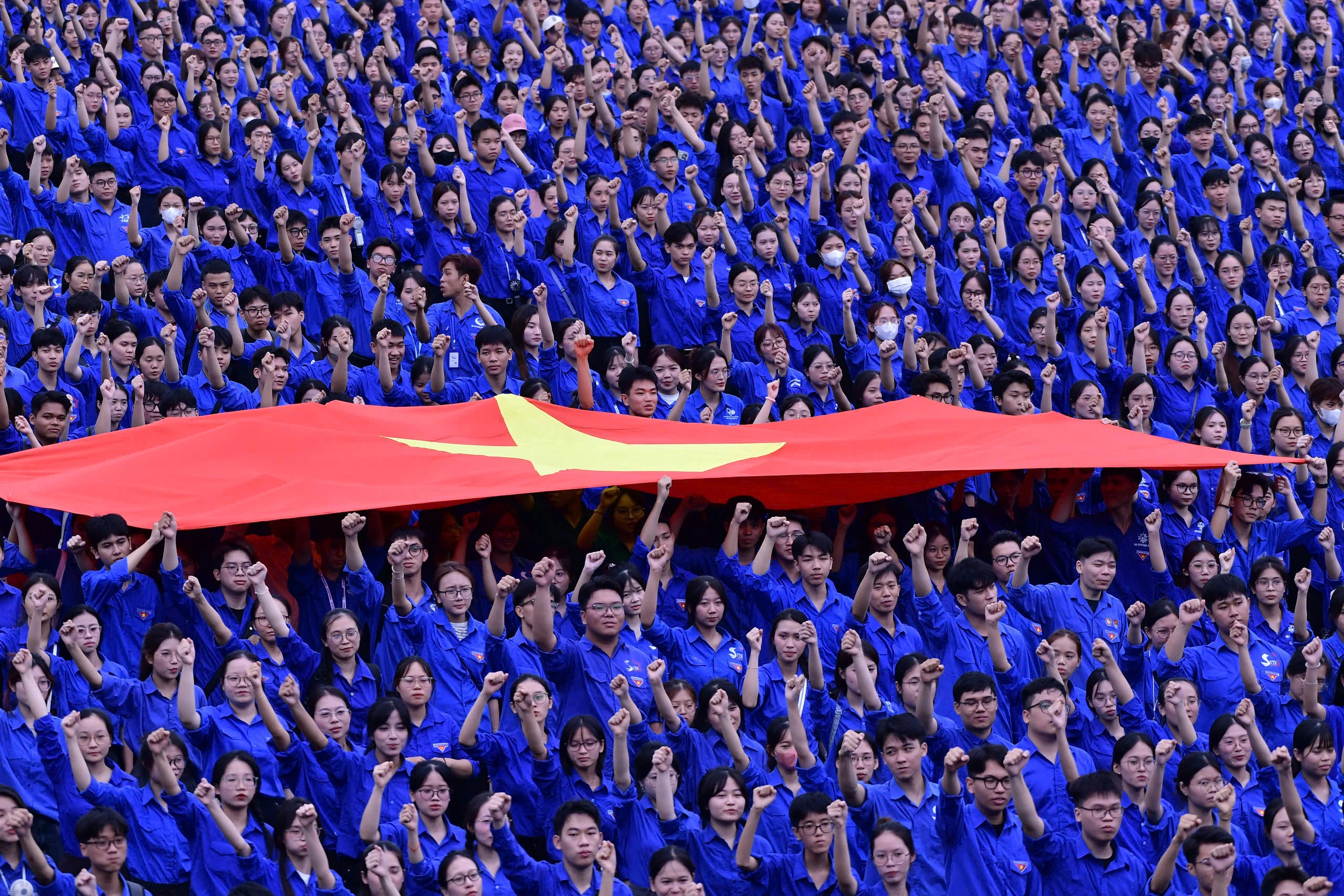

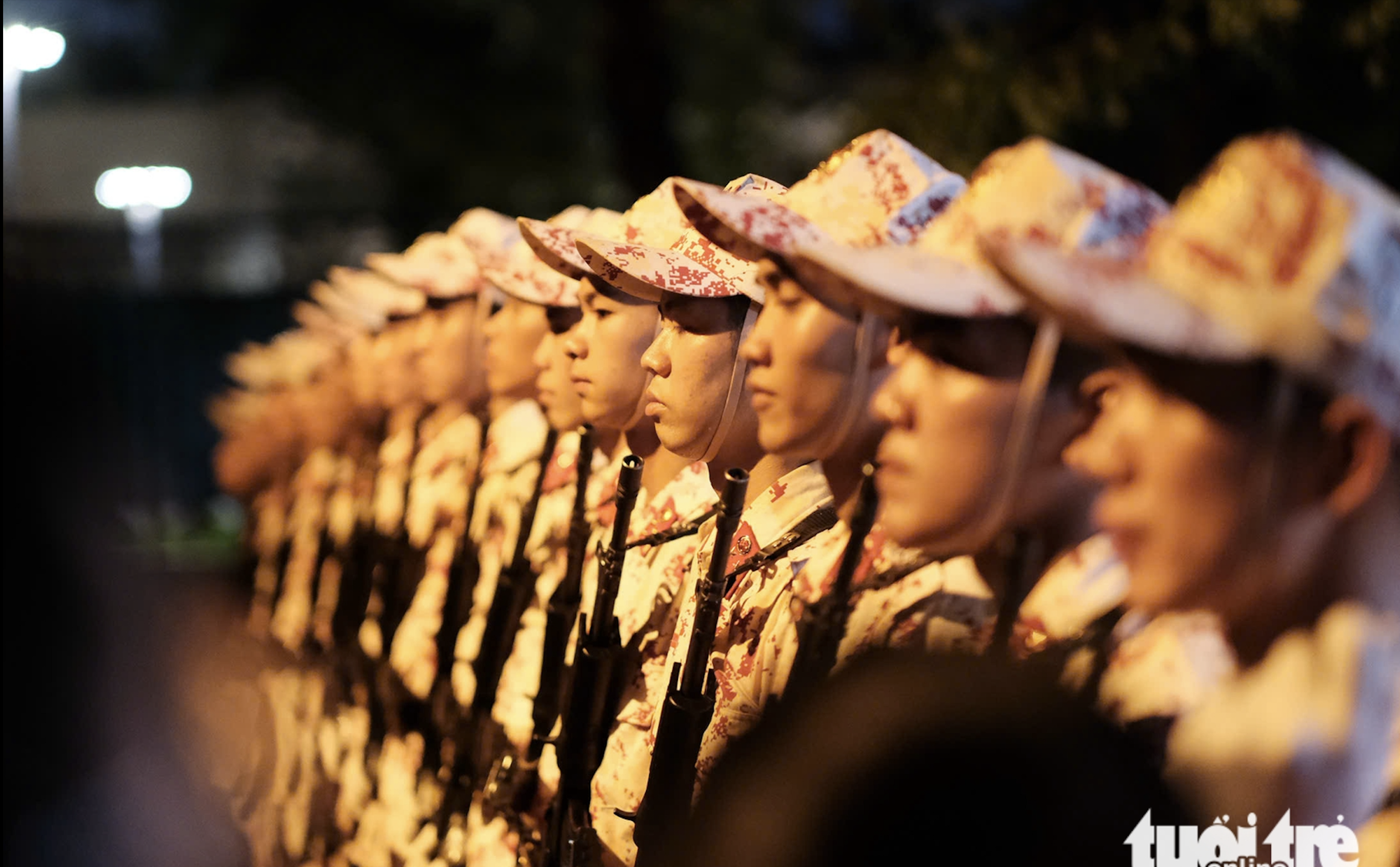


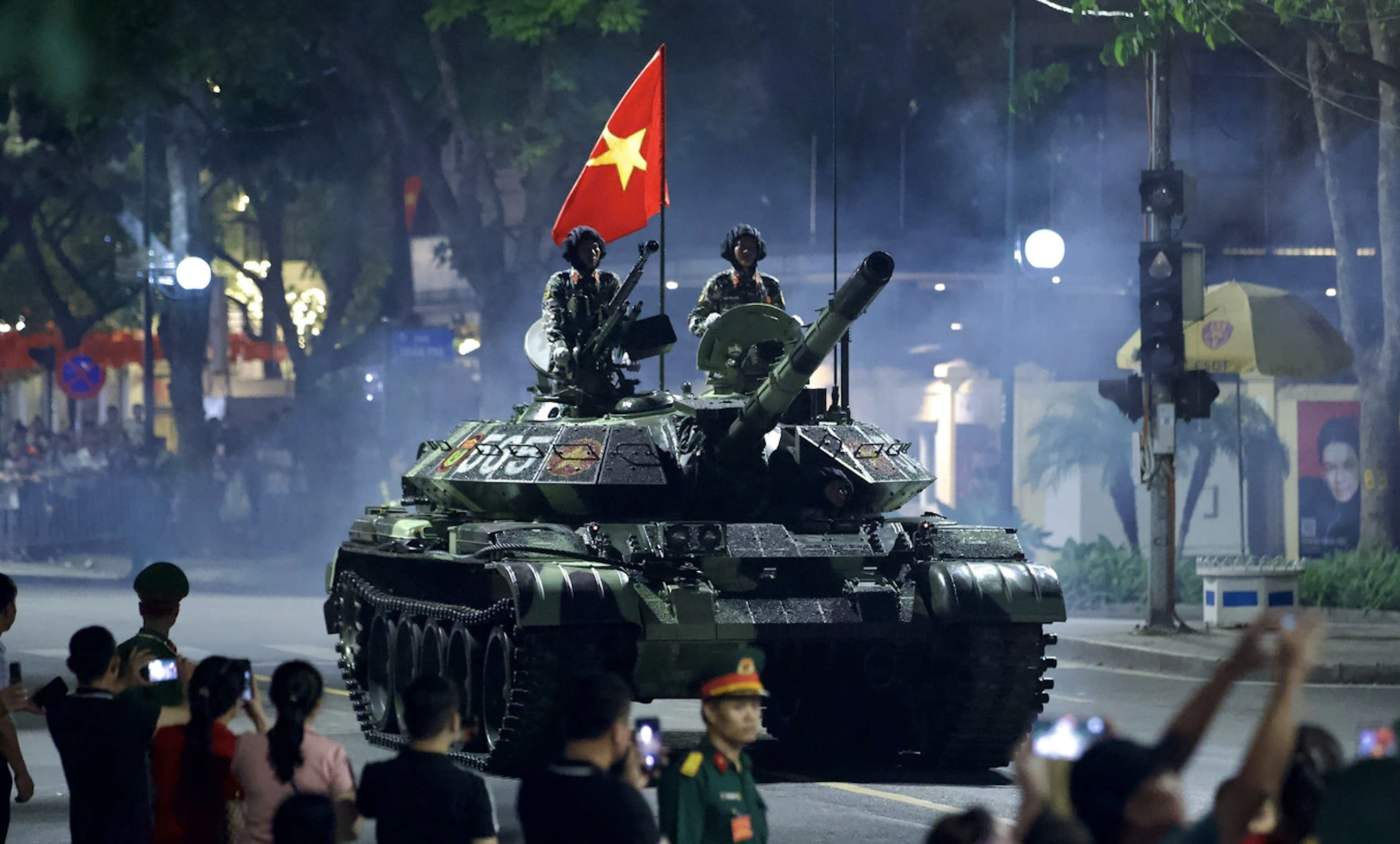

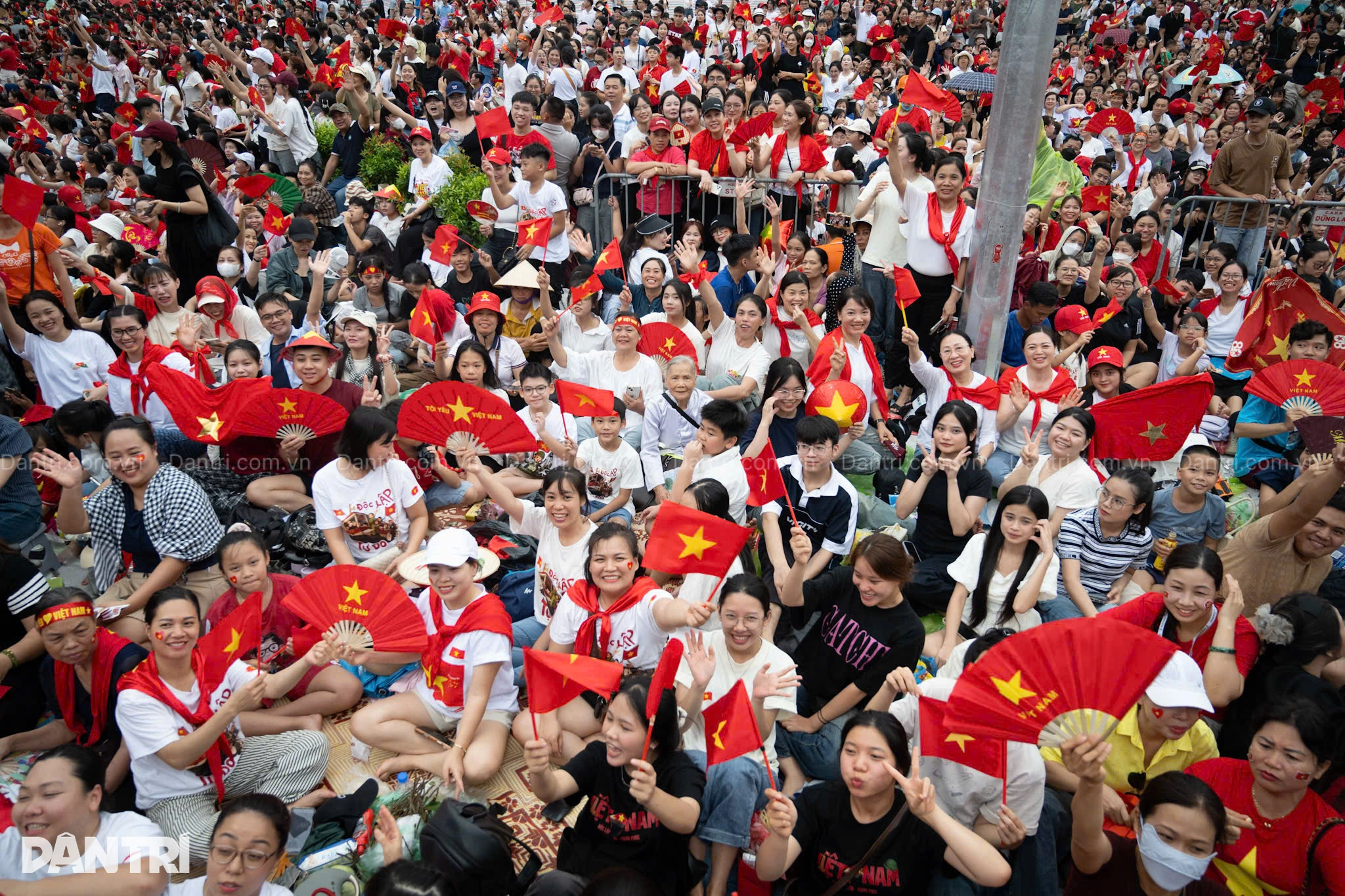
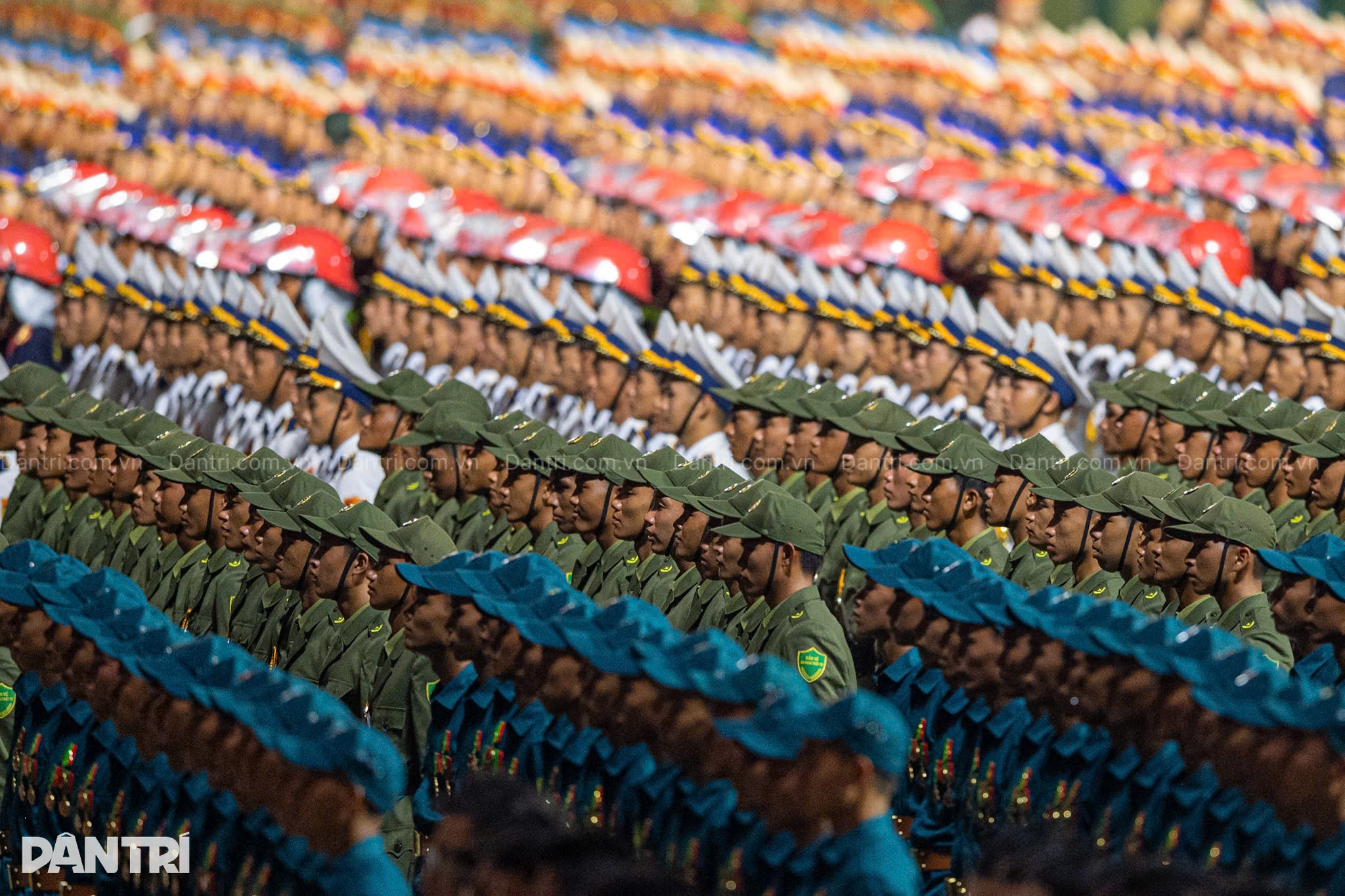
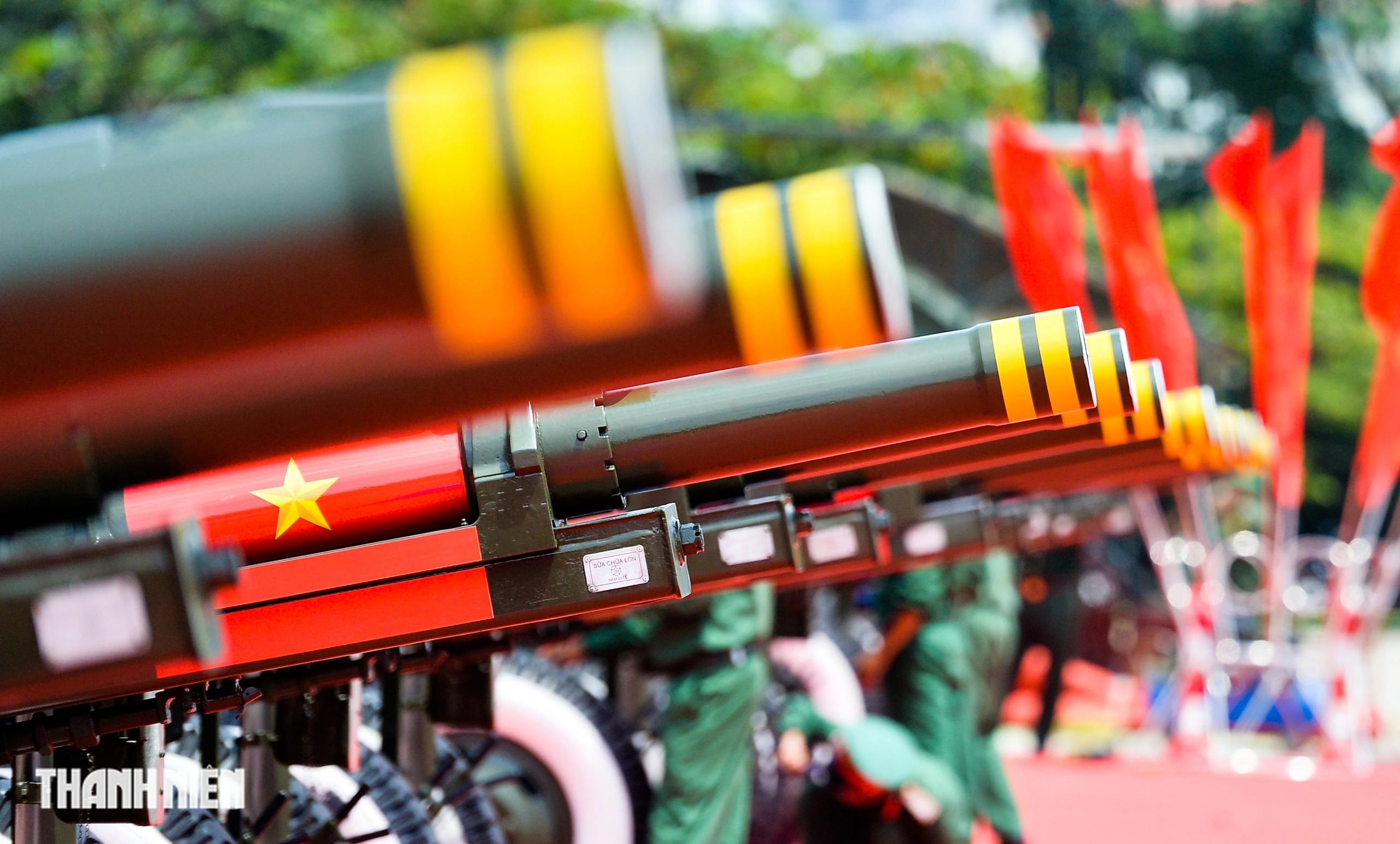

![[Photo] An Phu intersection project connecting Ho Chi Minh City-Long Thanh-Dau Giay expressway behind schedule](https://vstatic.vietnam.vn/vietnam/resource/IMAGE/2025/8/21/1ad80e9dd8944150bb72e6c49ecc7e08)
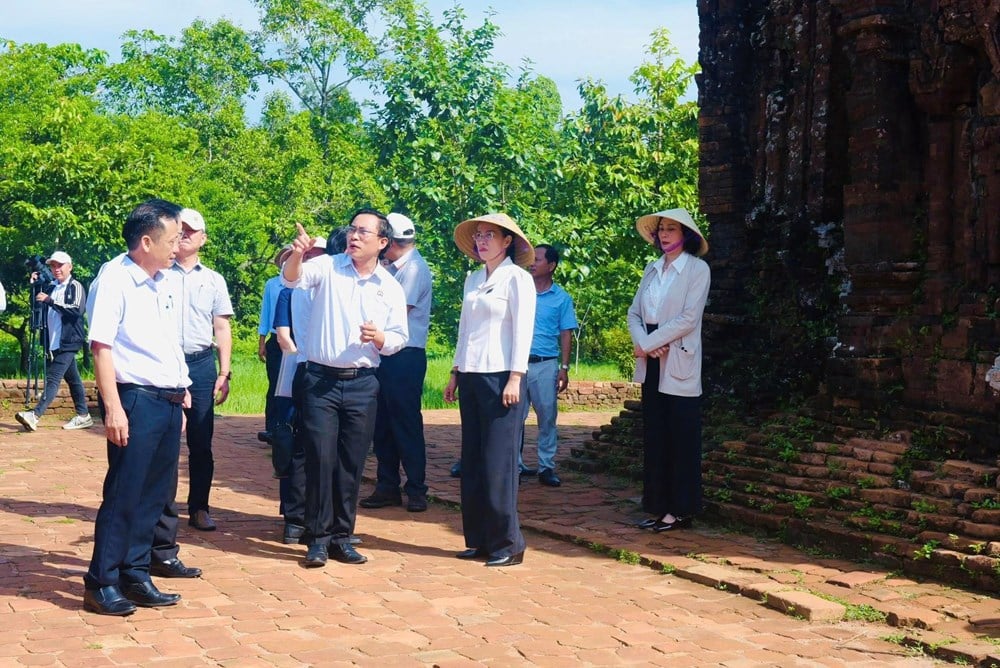



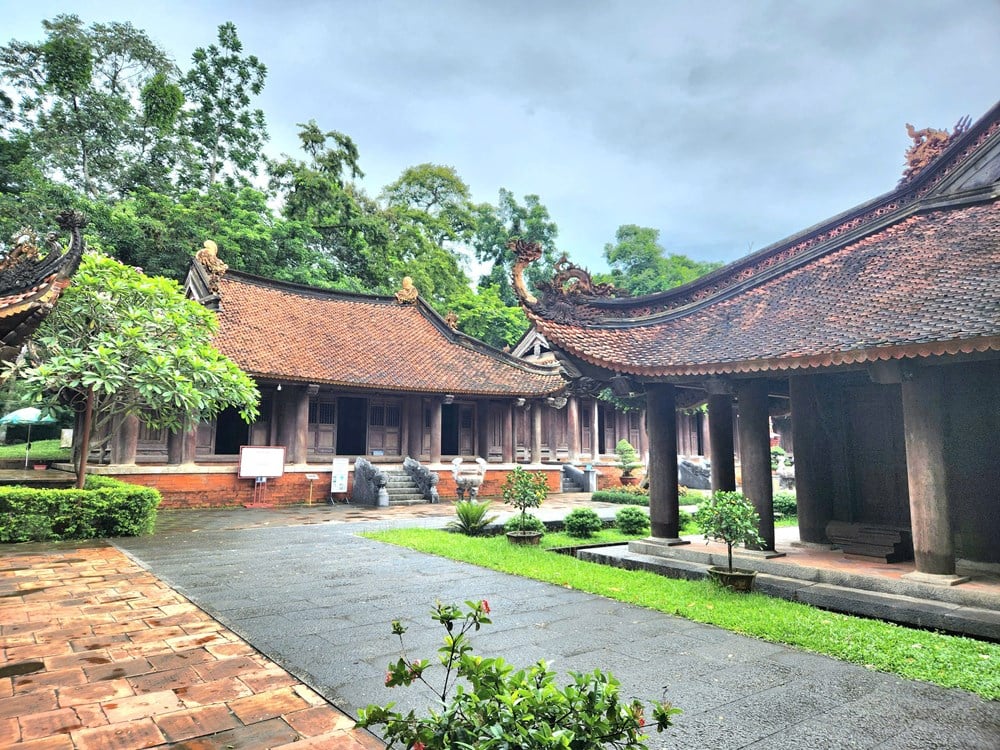
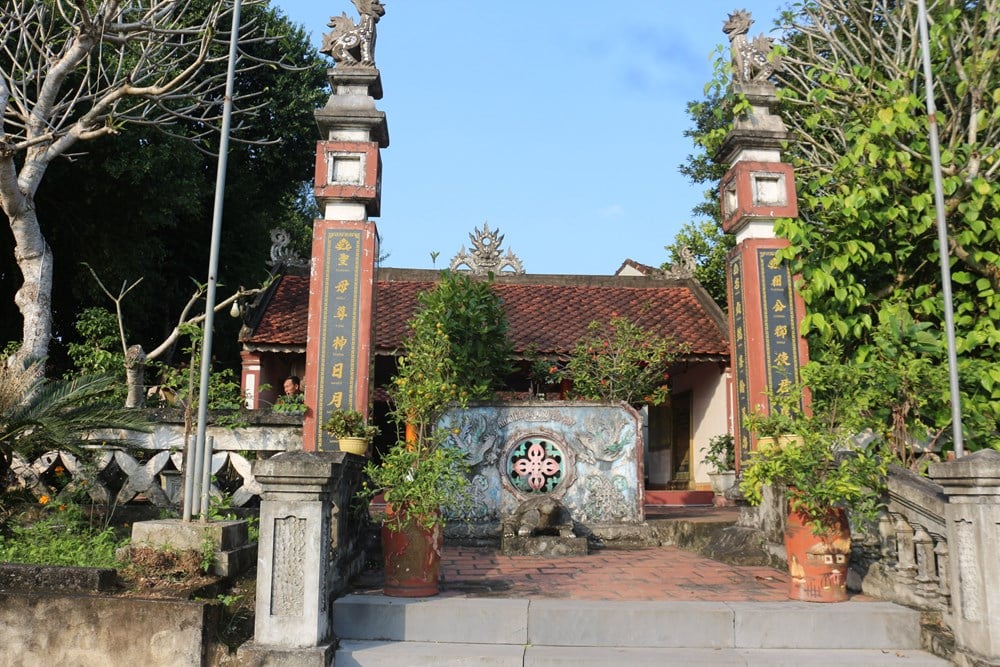
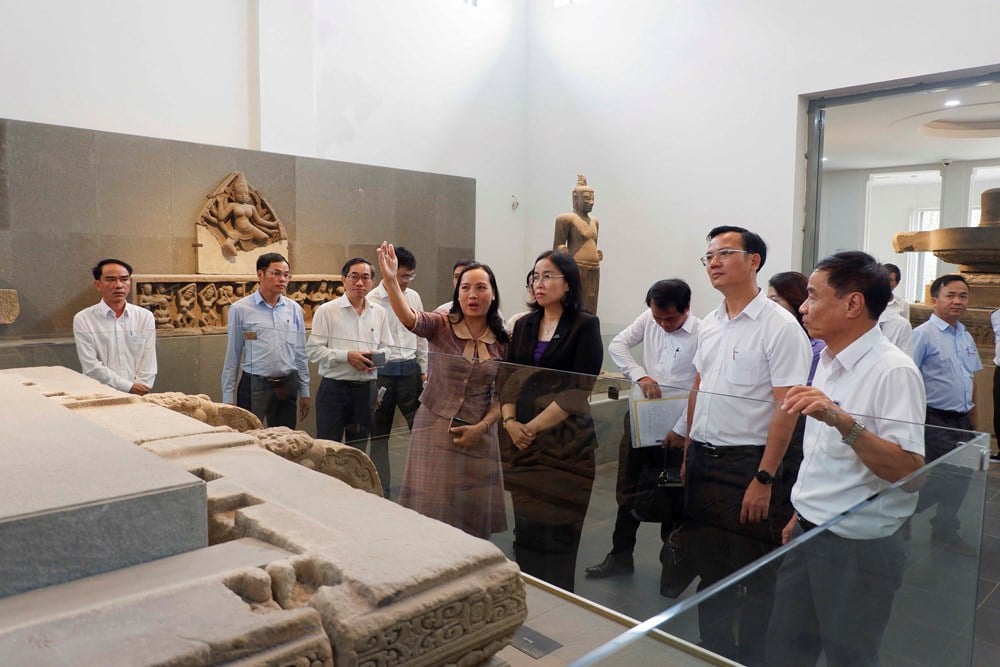
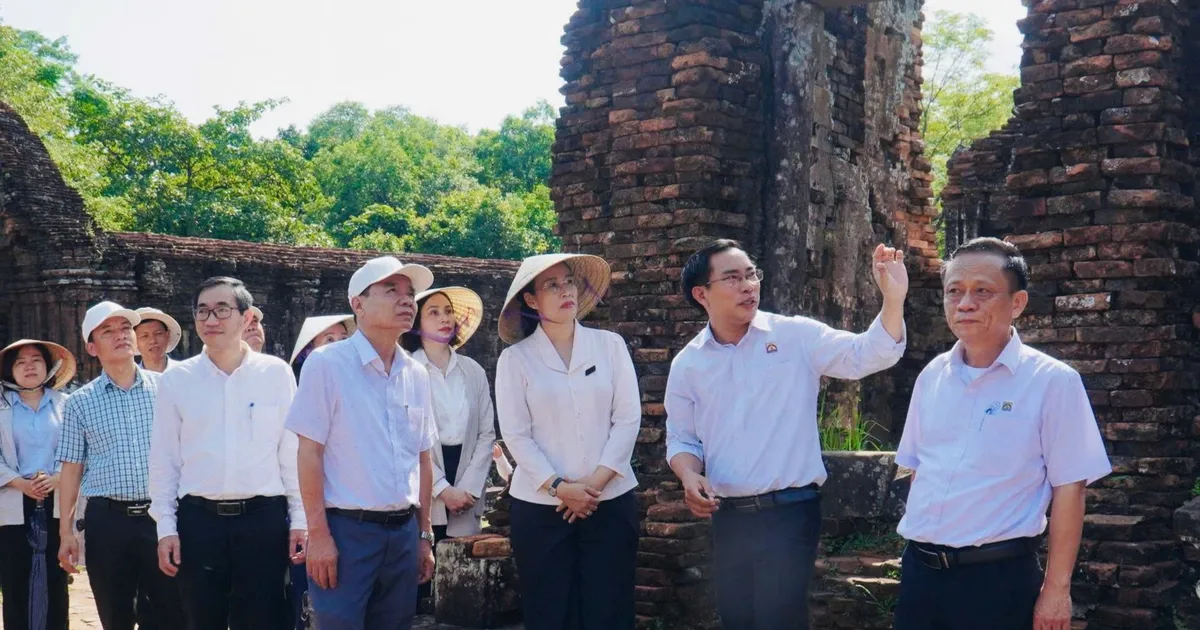











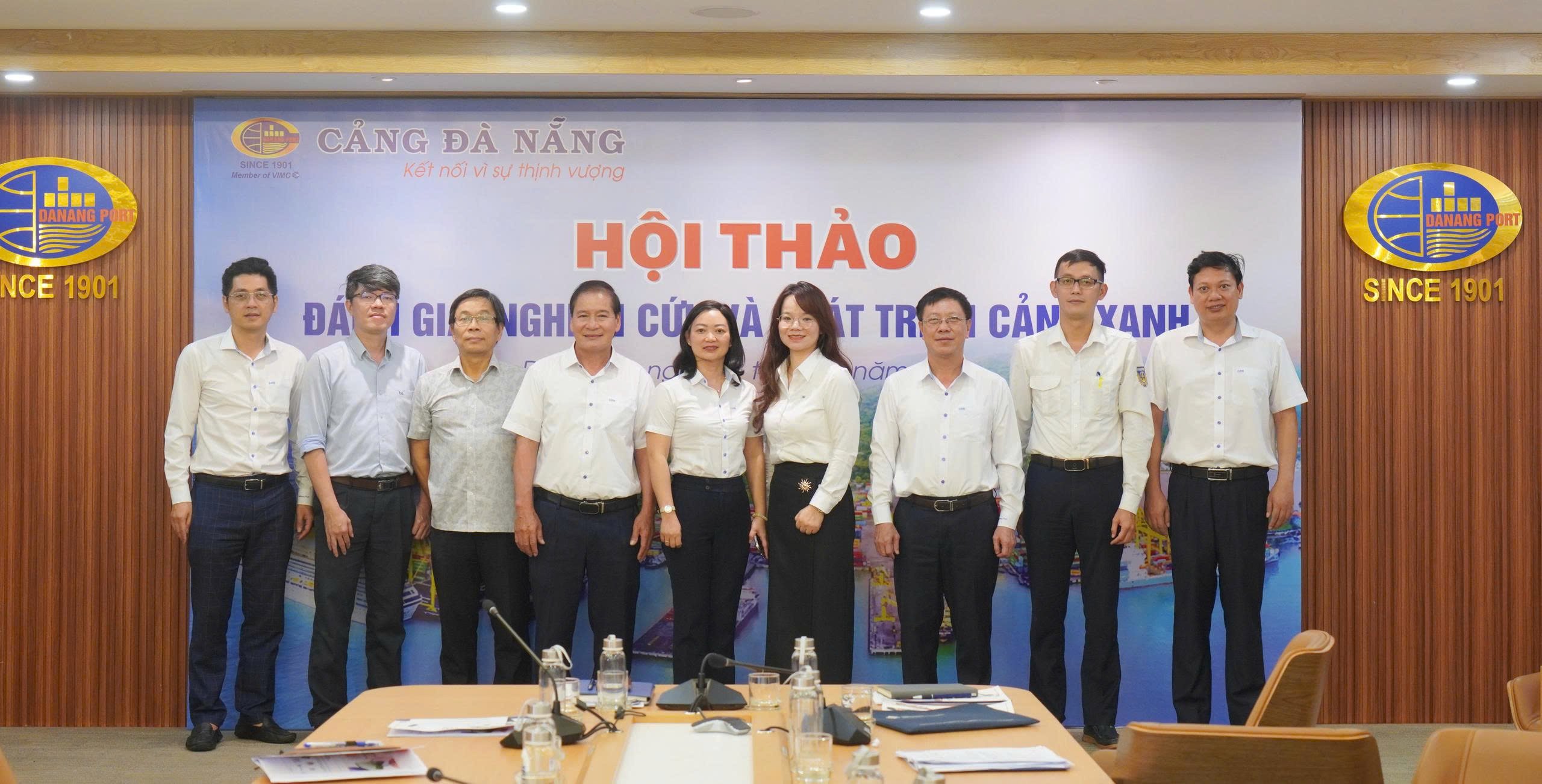


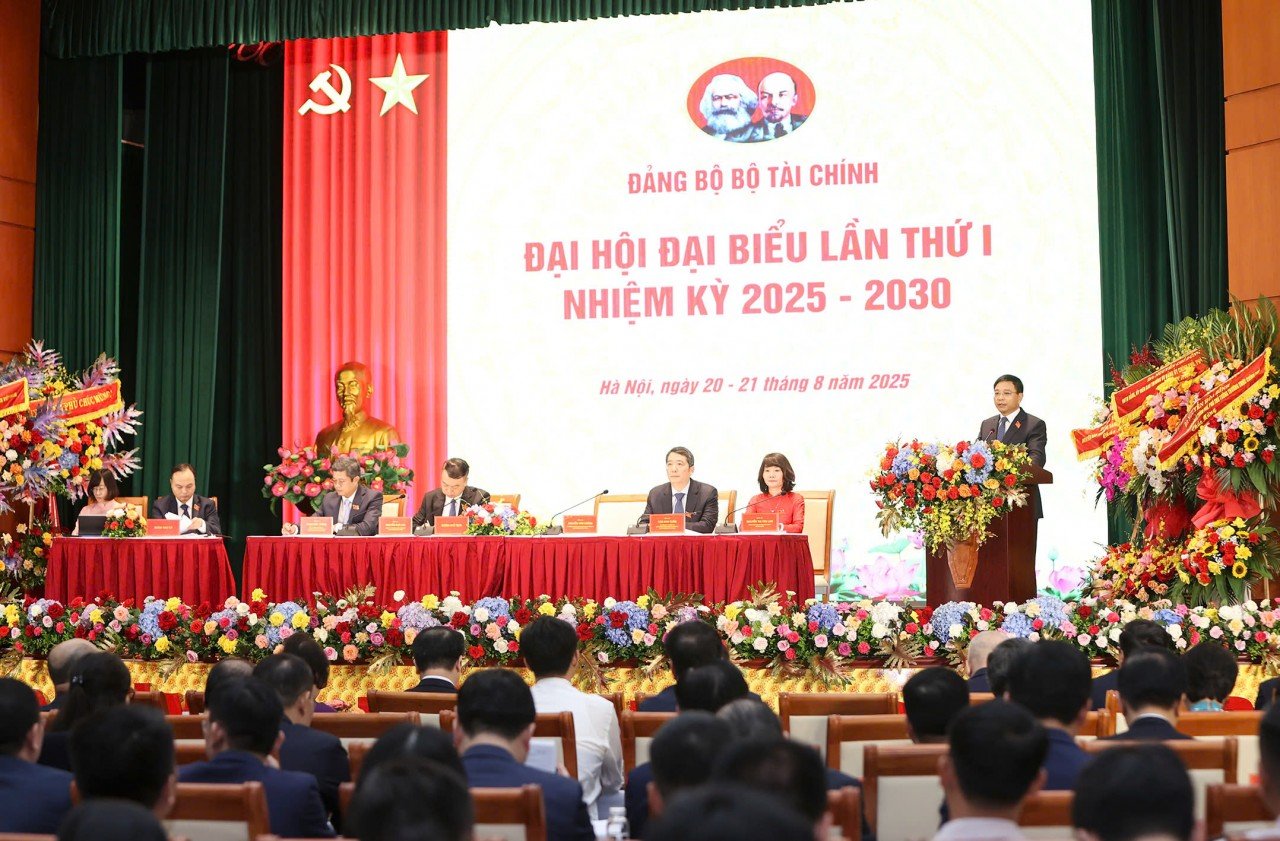
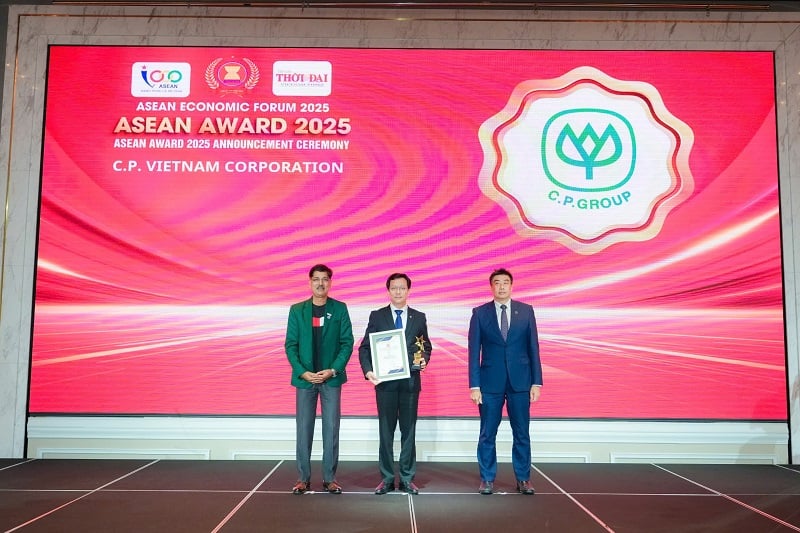


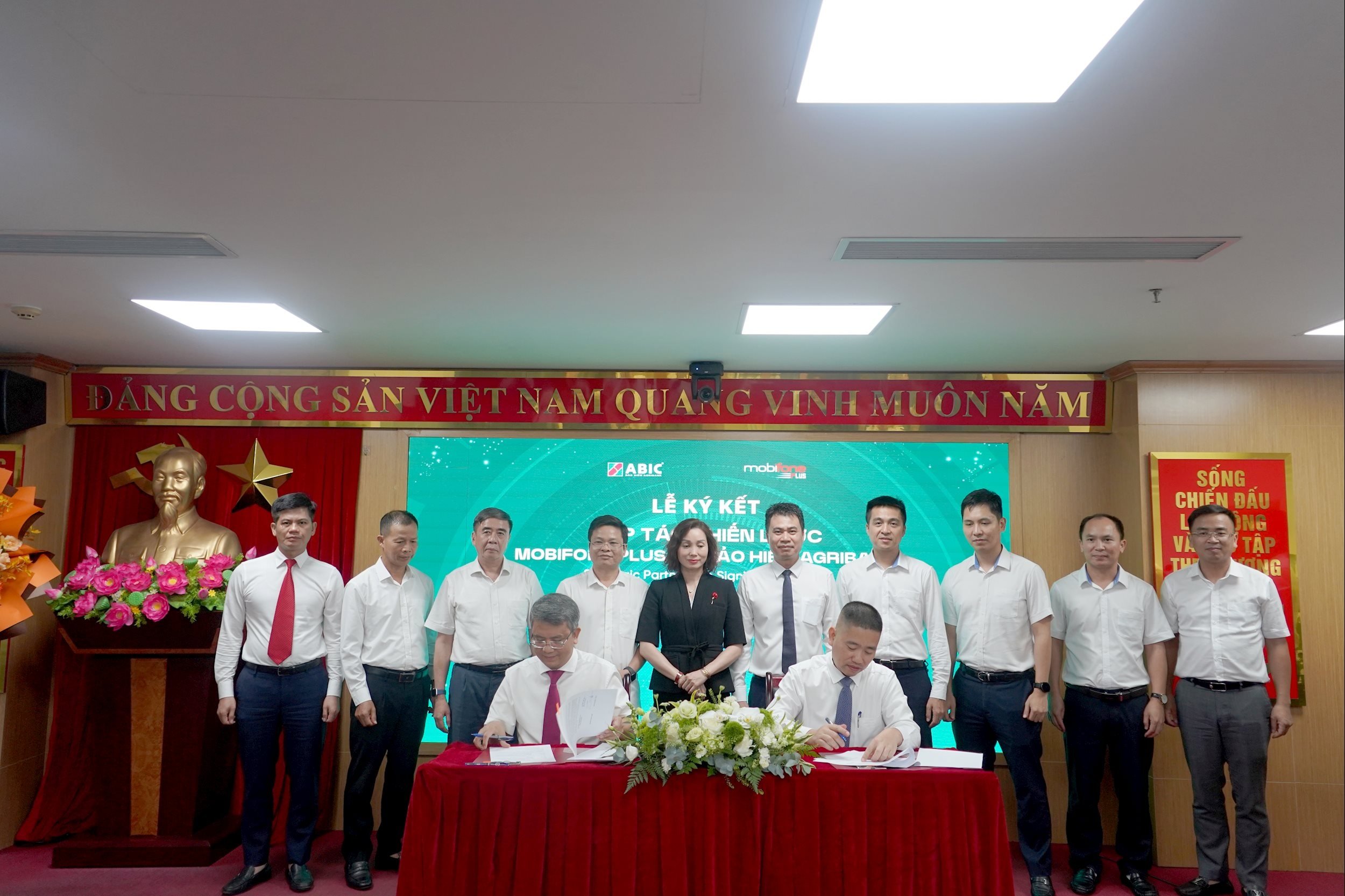



![[Photo] Politburo works with the Standing Committee of Hanoi Party Committee and Ho Chi Minh City Party Committee](https://vstatic.vietnam.vn/vietnam/resource/IMAGE/2025/8/21/4f3460337a6045e7847d50d38704355d)


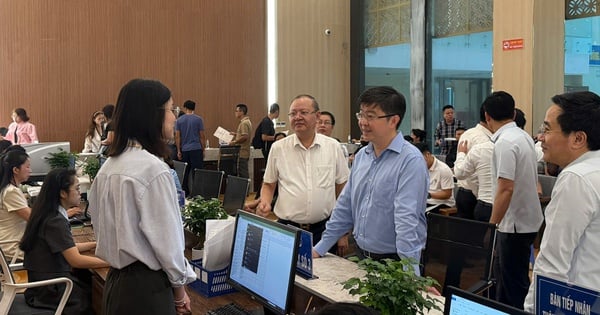



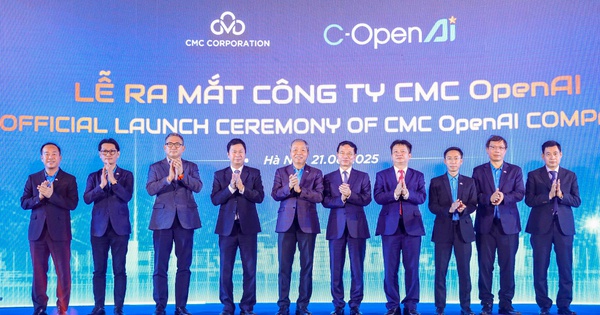
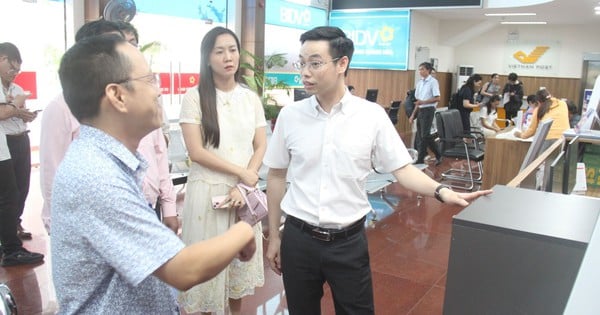
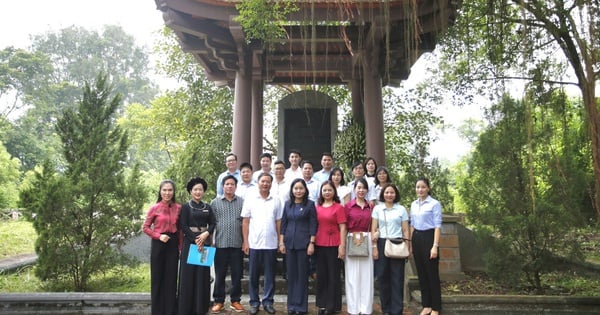
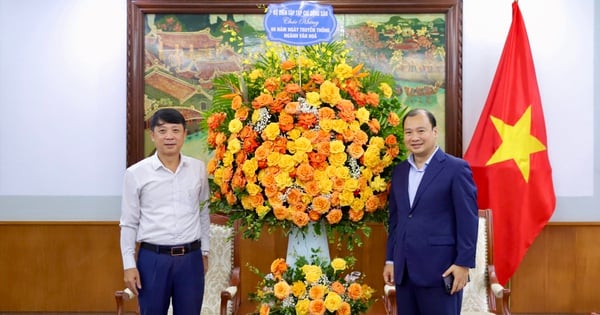







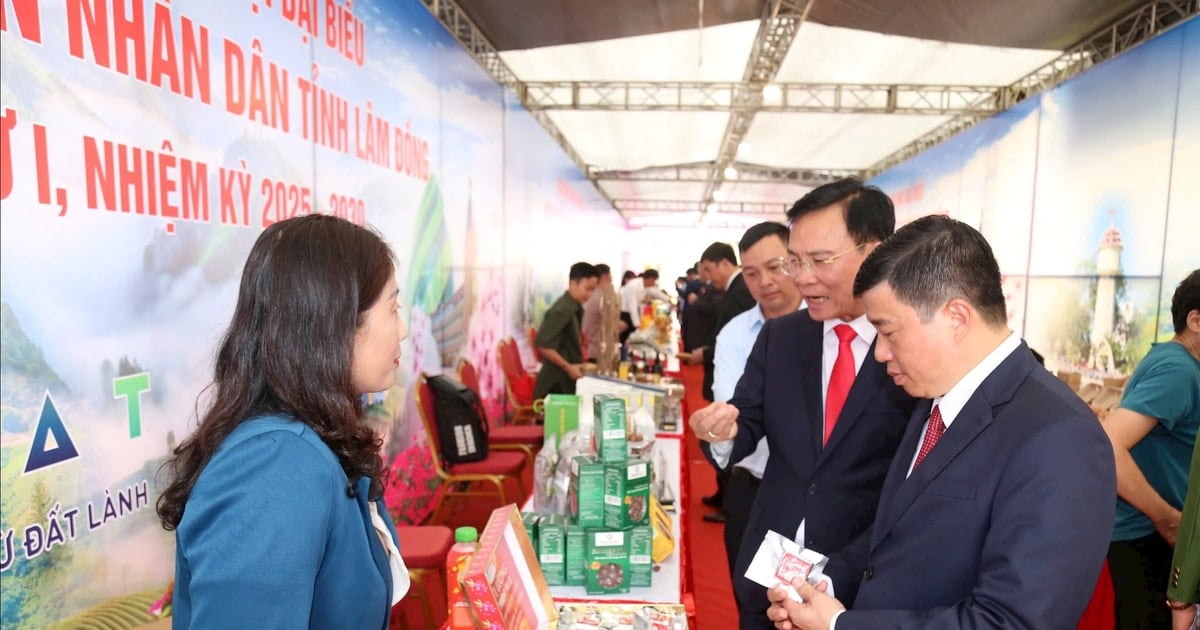








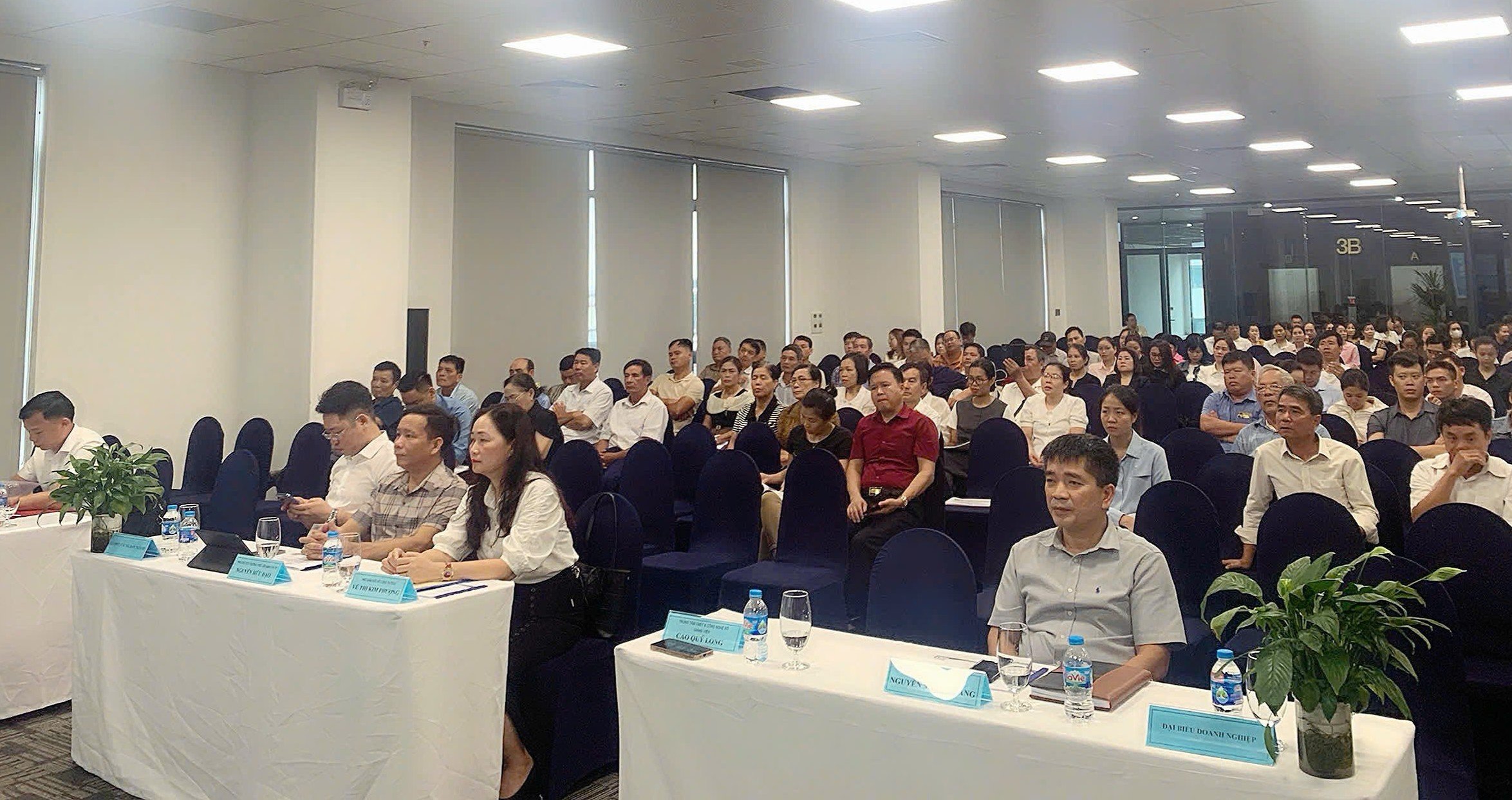






Comment (0)